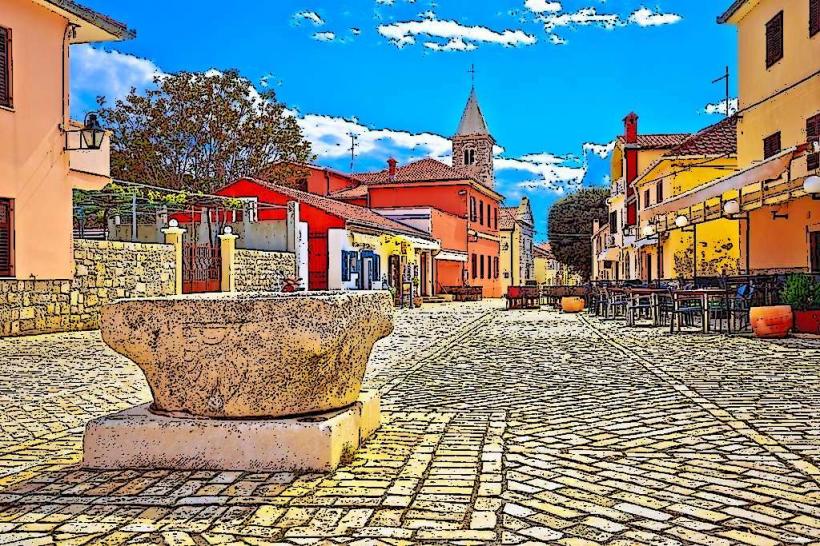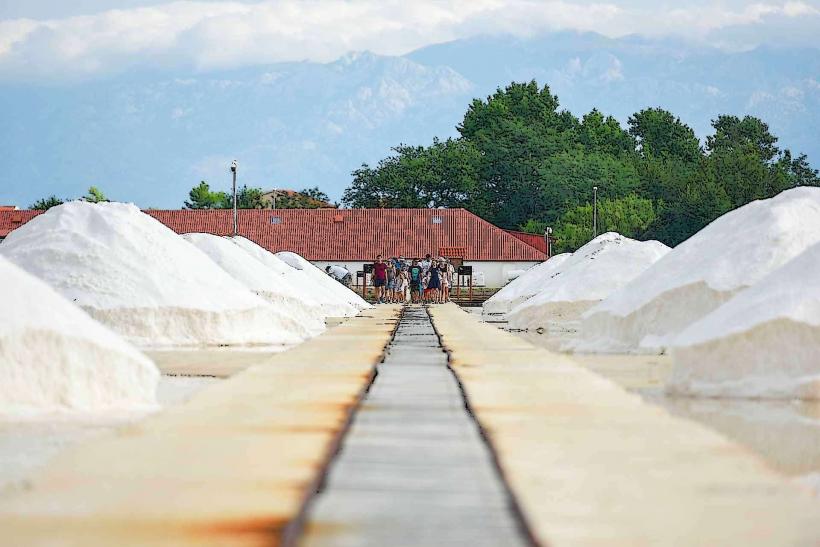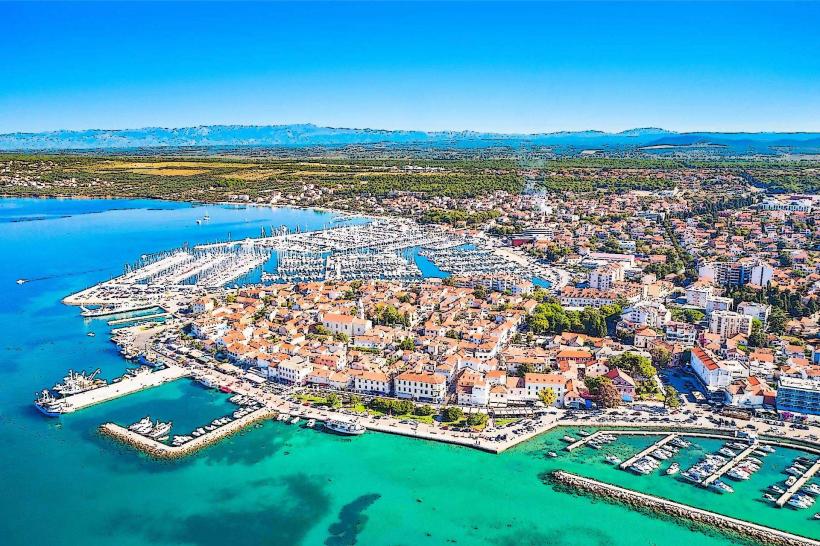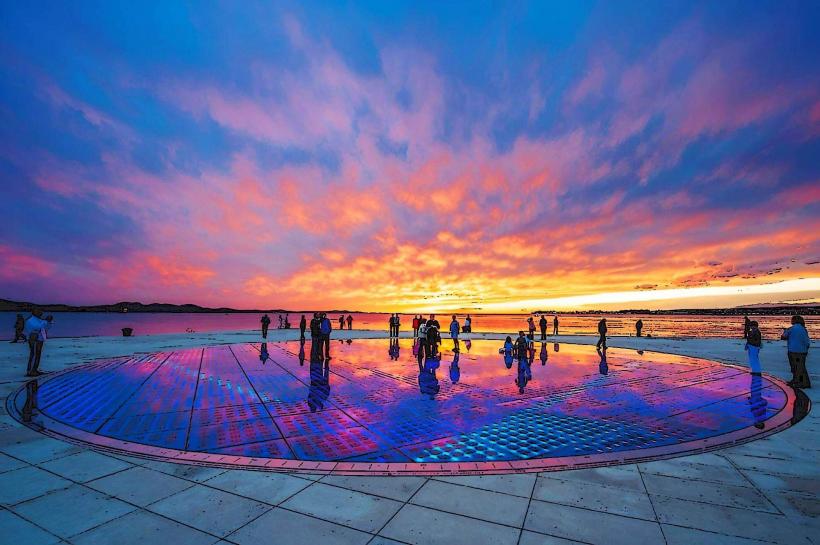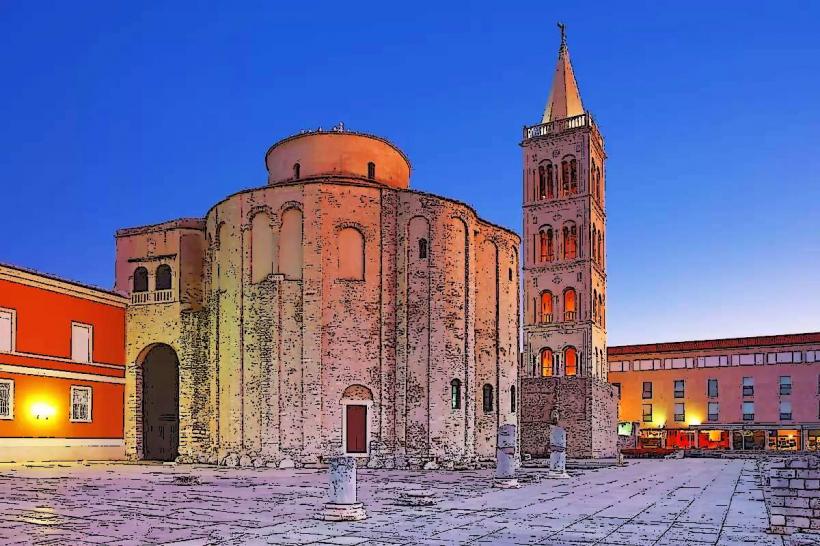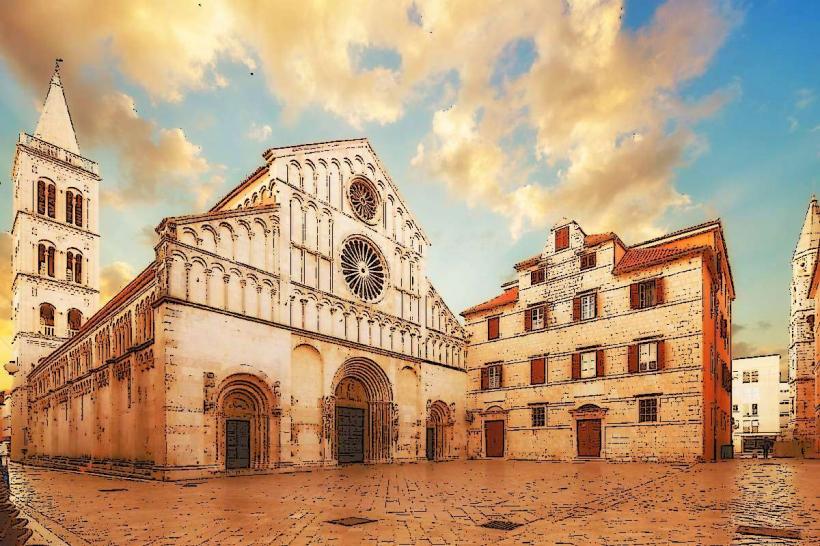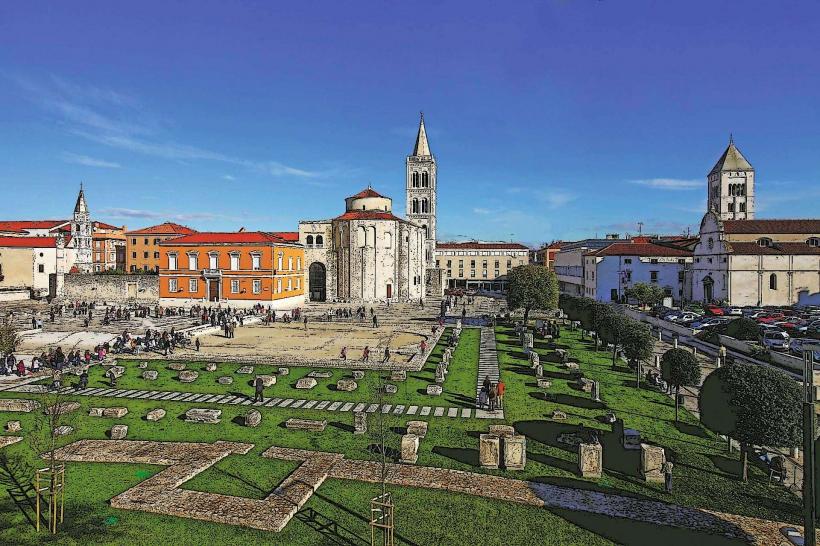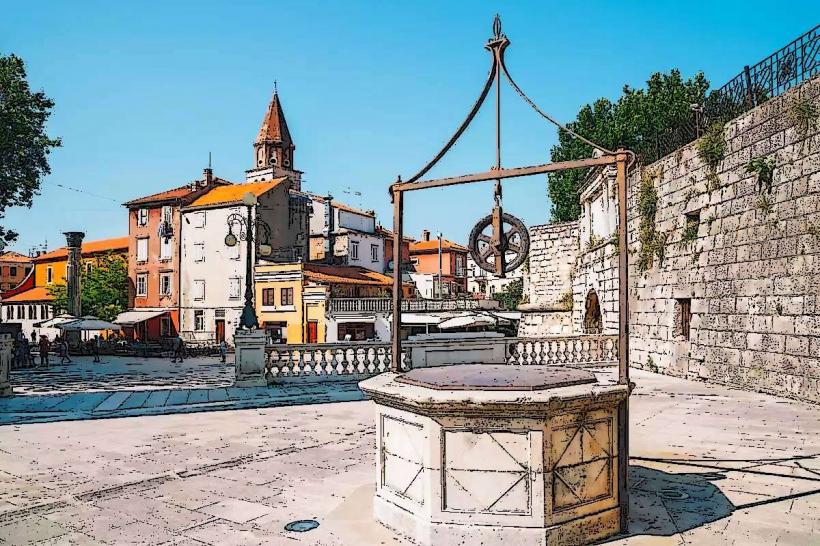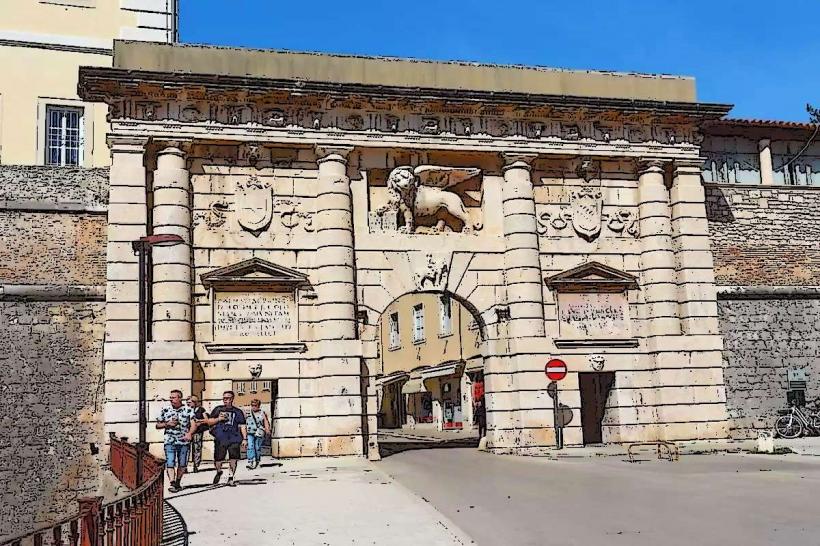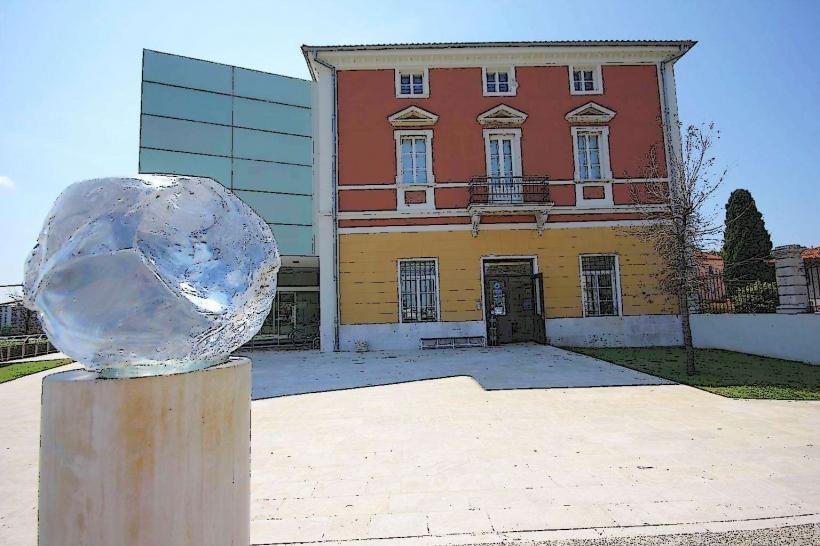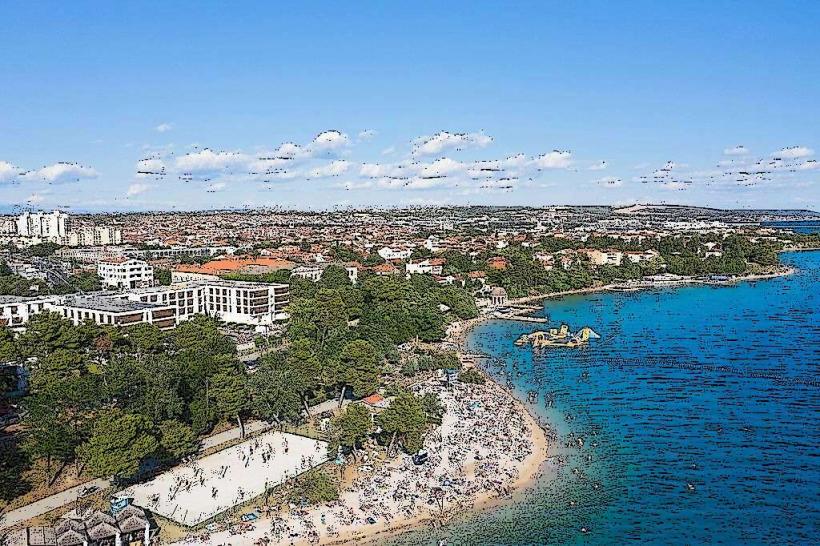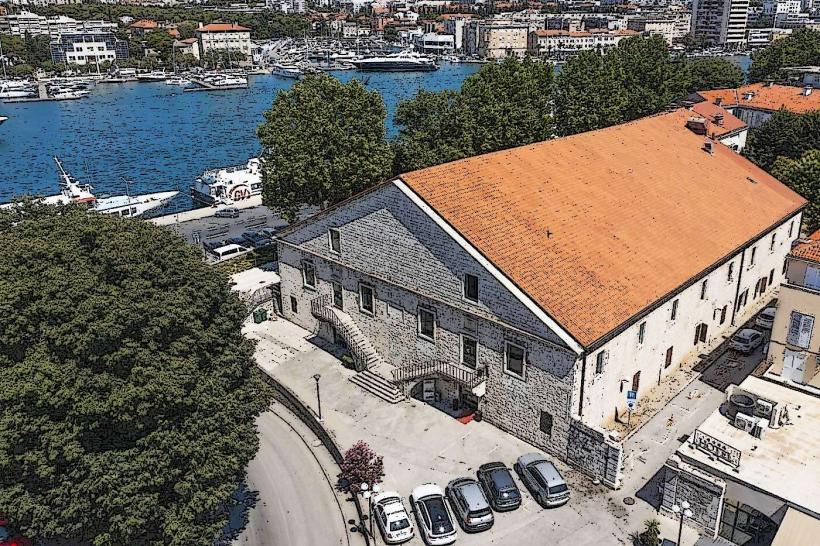Information
Landmark: Paklenica National ParkCity: Zadar
Country: Croatia
Continent: Europe
Paklenica National Park is one of Croatia's most stunning natural areas, renowned for its dramatic landscapes, rugged mountains, and diverse ecosystems. Located in the Velebit Mountain Range along the Adriatic coast, Paklenica is particularly famous among hikers, climbers, and nature enthusiasts for its canyons, caves, and rich biodiversity. The park is a UNESCO Biosphere Reserve, recognized for its outstanding natural beauty and importance in conservation.
Overview of Paklenica National Park
1. Location and Accessibility
- Geography: Paklenica National Park is situated in the Velebit mountain range, which forms a natural barrier between the coastal plain and inland Croatia. The park is located on the Adriatic coast, near the town of Starigrad in the Zadar County.
- Proximity to Major Cities: Paklenica is easily accessible from major Croatian cities:
- Zadar (about 45 minutes by car) to the south.
- Split (approximately 2 hours by car) to the southwest.
- Zagreb (around 3.5 hours by car) to the north.
- Transportation: The park is accessible by road, and the nearest town is Starigrad, which offers various accommodations, restaurants, and services. Visitors can reach the park’s main entrances by car, and there are public transport options, though having a car is ideal for exploring the area.
2. Natural Features
Paklenica National Park is a land of contrasts, with its rocky peaks, canyon-carved valleys, and dense forests. The park is best known for its striking geological formations and unique landscapes.
Canyons: The two main canyons, Velika Paklenica and Mala Paklenica, are the most famous features of the park. These deep, narrow gorges are carved into the limestone by centuries of erosion, and they offer dramatic views and thrilling hikes.
- Velika Paklenica: The larger and more famous of the two, it is over 14 kilometers long and up to 500 meters deep. The canyon is flanked by towering cliffs and features lush vegetation along its floor.
- Mala Paklenica: Smaller and less trafficked than its larger counterpart, but still offering a beautiful and peaceful environment for hiking and exploration.
Mountains: Paklenica is part of the larger Velebit Mountain Range, a UNESCO Biosphere Reserve. The park’s highest peak is Sveto Brdo, which rises to 1,752 meters. The dramatic limestone cliffs and peaks create a striking contrast against the Mediterranean landscape below.
Caves: The park is home to several caves, including the Manita Peć Cave, one of the park's most notable attractions. It features impressive stalactites and stalagmites and is open to visitors through guided tours.
Forests and Flora: The park is rich in forests, including beech, fir, and pine trees, as well as alpine meadows and Mediterranean vegetation. The diverse flora reflects the park's location at the crossroads of several different ecological zones.
3. Flora and Fauna
Paklenica National Park is a paradise for biodiversity, hosting a wide variety of plant and animal species. Due to its varying altitudes and microclimates, the park supports many ecosystems, from coastal Mediterranean to alpine.
- Flora:
- The park’s flora includes a mix of Mediterranean species like wild olives, lavender, and rosemary, as well as temperate plants like oak, hornbeam, and beech.
- The higher altitudes of the park host alpine vegetation, such as edelweiss and alpines grasses.
- Fauna:
- Paklenica is home to a wide range of mammals, including brown bears, wolves, wild boars, red deer, and chamois. The park’s dense forests and rugged mountains provide ideal habitats for these species.
- Birdwatchers will enjoy the variety of birds found in the park, such as eagles, falcons, vultures, and partridges. The cliffs are a popular nesting site for birds of prey.
- The park also features a variety of reptiles and amphibians, including lizards, snakes, and frogs.
- The Paklenica River and other freshwater sources provide habitats for fish like trout.
4. Activities and Attractions
Hiking: Paklenica is a hiker’s paradise, offering over 150 kilometers of well-marked trails that cater to various skill levels. Trails take visitors through dramatic canyons, past crystal-clear streams, and up to breathtaking mountain peaks.
- Popular Hikes: The Velika Paklenica Canyon trail is one of the park’s most popular hikes, leading to stunning views and diverse landscapes. Another iconic trail is the ascent to Sveto Brdo, the highest peak in the park.
- For more challenging hikes, climbers can take on routes up the steep cliffs of Paklenica’s mountains.
Climbing: Paklenica is one of the top destinations in Europe for rock climbing. The park features more than 350 climbing routes, ranging from beginner to expert. The Paklenica Canyon is particularly famous for its sheer cliffs and routes that offer panoramic views of the surrounding landscape.
Cave Exploration: The Manita Peć Cave is a significant attraction within the park. It is known for its impressive stalactites and stalagmites formations and can be explored with a guided tour.
Wildlife Watching: The park is a great place for wildlife enthusiasts, offering opportunities for birdwatching and spotting larger mammals like brown bears and wolves from a distance. Visitors are encouraged to stay on trails and be respectful of wildlife.
Photography and Scenic Views: With its varied landscapes—rocky cliffs, lush forests, canyons, and mountain peaks—Paklenica provides abundant opportunities for photography, especially for those who enjoy capturing the beauty of natural landscapes.
Cycling: In addition to hiking and climbing, the park offers some trails suitable for mountain biking.
5. Best Time to Visit
- Spring (April - June): Spring is a wonderful time to visit Paklenica, as the wildflowers are in bloom, and the temperatures are pleasant for hiking and outdoor activities. It is also less crowded compared to the summer months.
- Summer (July - August): Summer is the peak season for visitors, especially those coming for hiking and climbing. The temperatures can get hot, so it's best to start early in the day for outdoor activities.
- Autumn (September - October): Fall is another excellent time to visit, as the temperatures are cooler and the landscape transforms with the changing colors of the leaves.
- Winter (December - February): While the park can be quieter in winter, it offers a serene atmosphere for those who enjoy winter hiking or snowshoeing. Some areas may be inaccessible due to snow and ice, but the landscape is especially beautiful.
Conclusion
Paklenica National Park is an exceptional destination for outdoor enthusiasts, offering a rich combination of dramatic landscapes, diverse ecosystems, and adventure activities. Whether you're a hiker, climber, nature lover, or simply someone looking to escape into Croatia’s wilderness, Paklenica provides an unforgettable experience. The park’s combination of limestone cliffs, deep canyons, mountain peaks, and dense forests make it one of the most impressive natural parks in the country.


